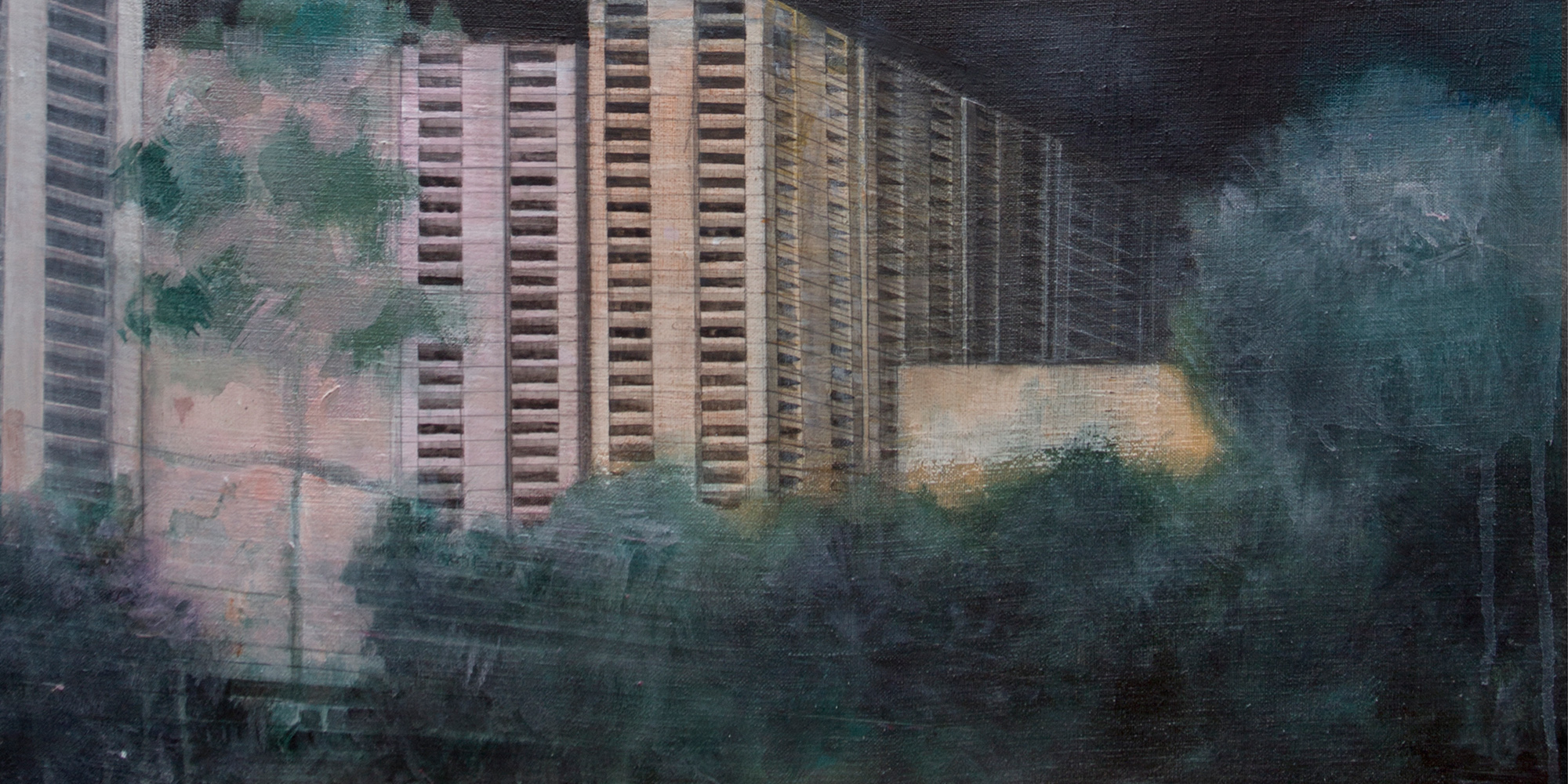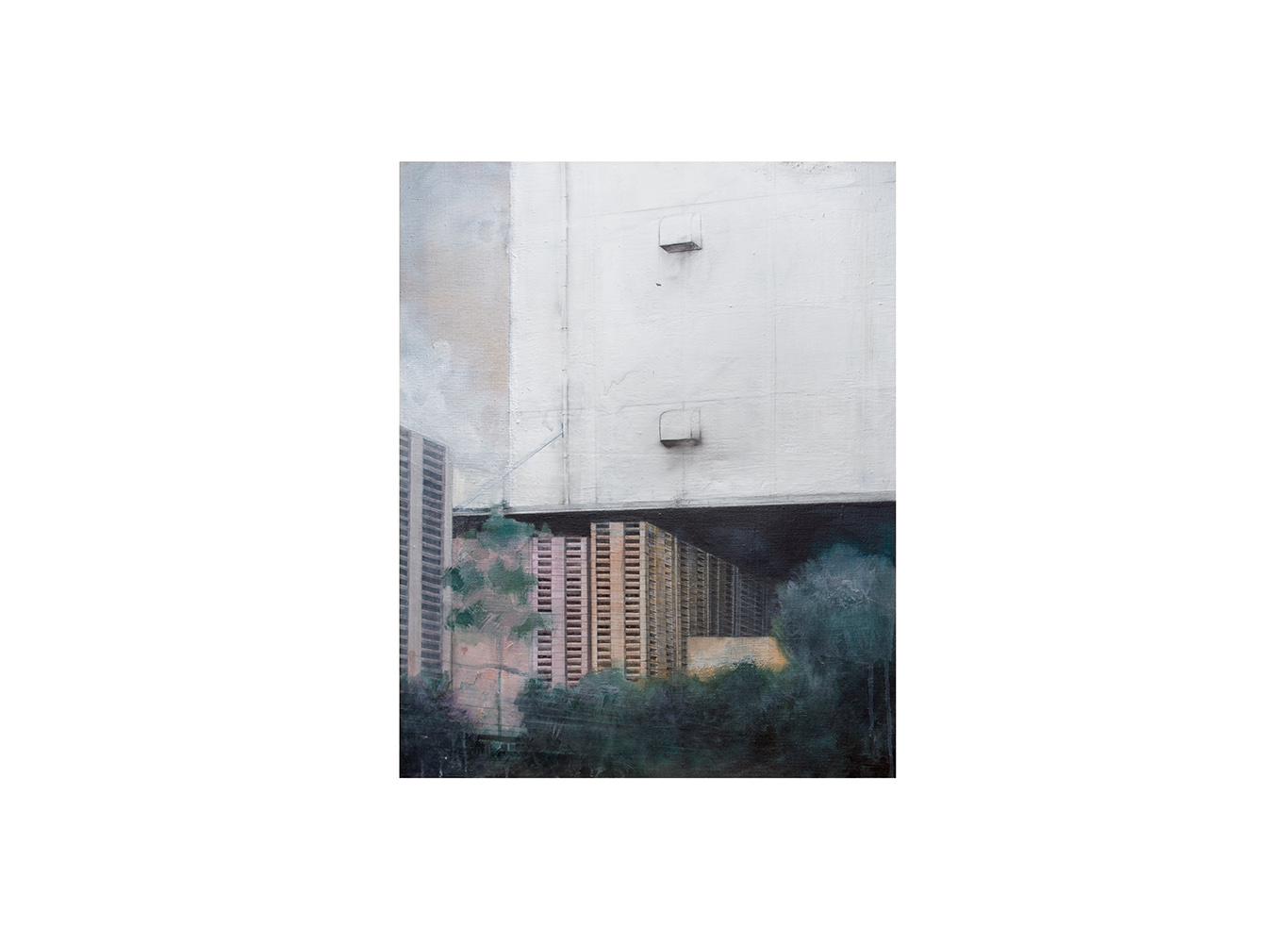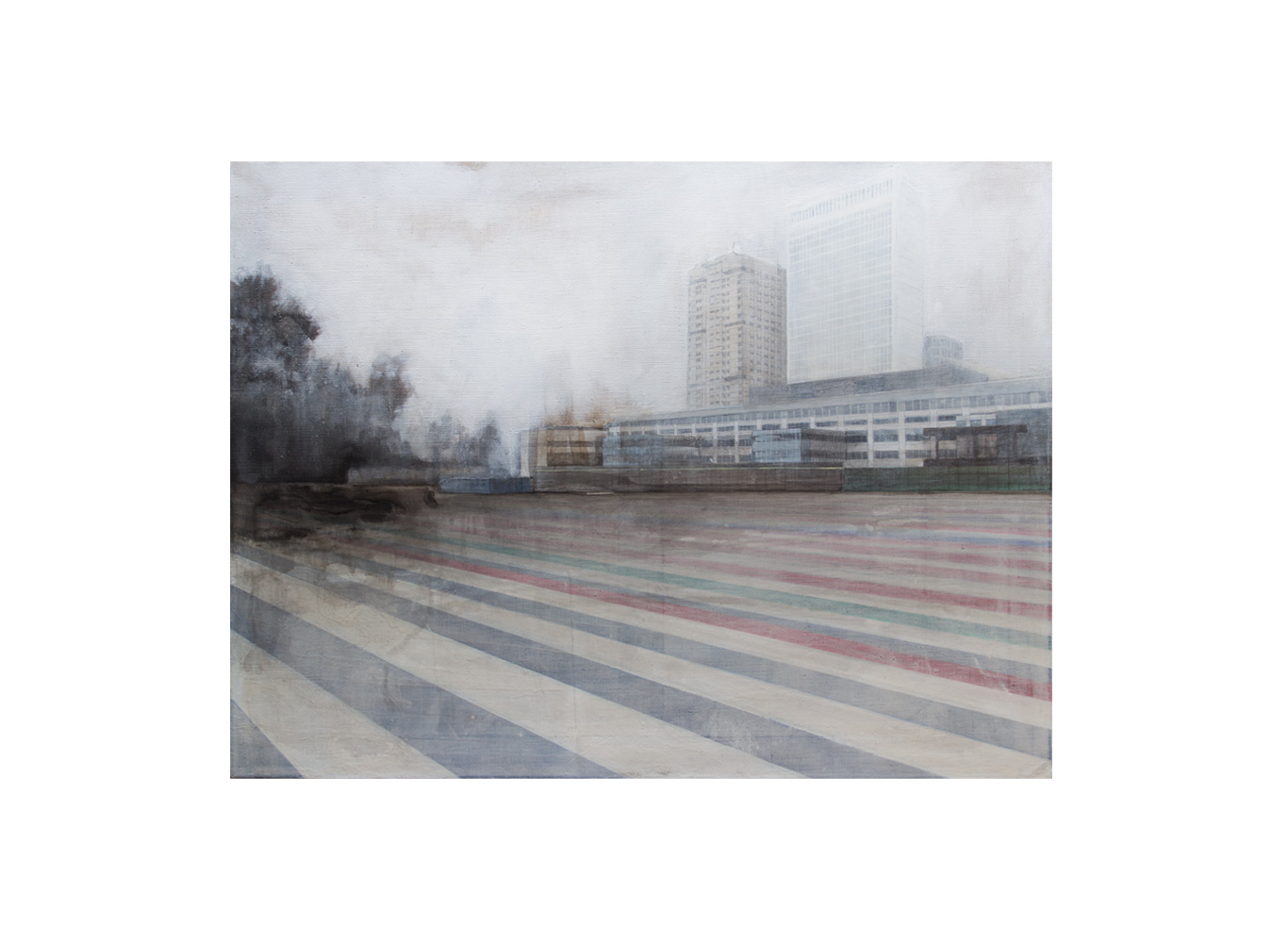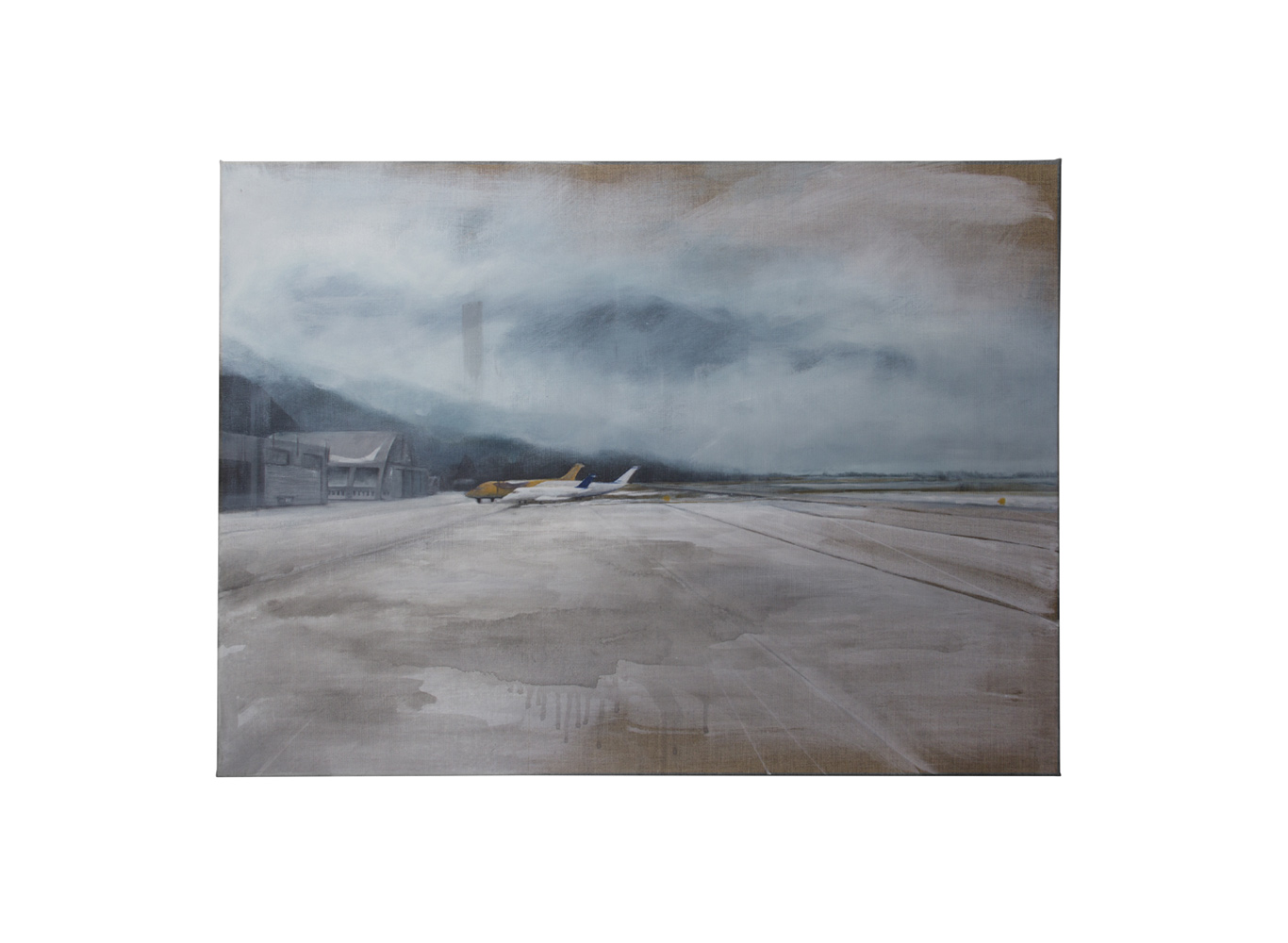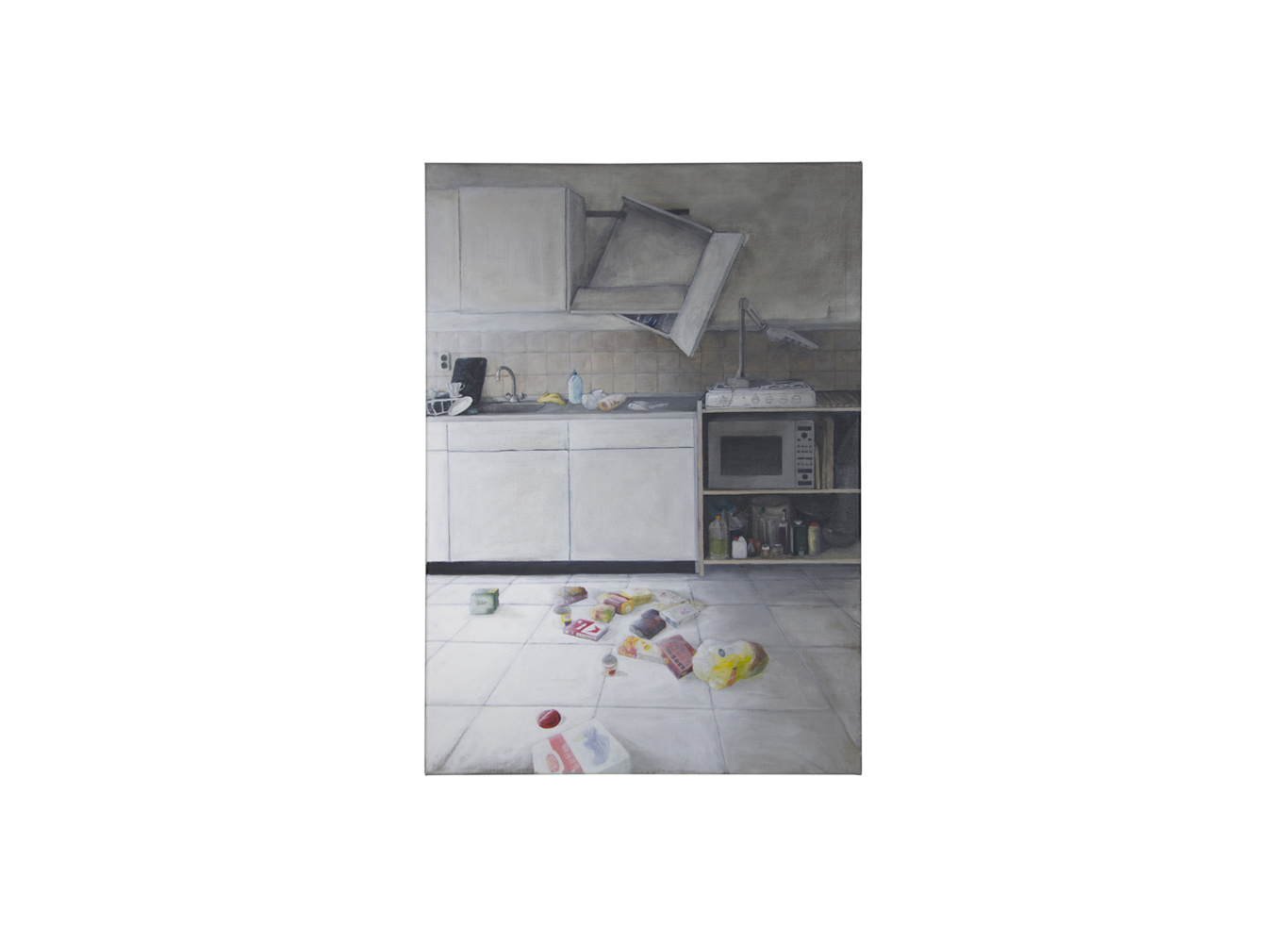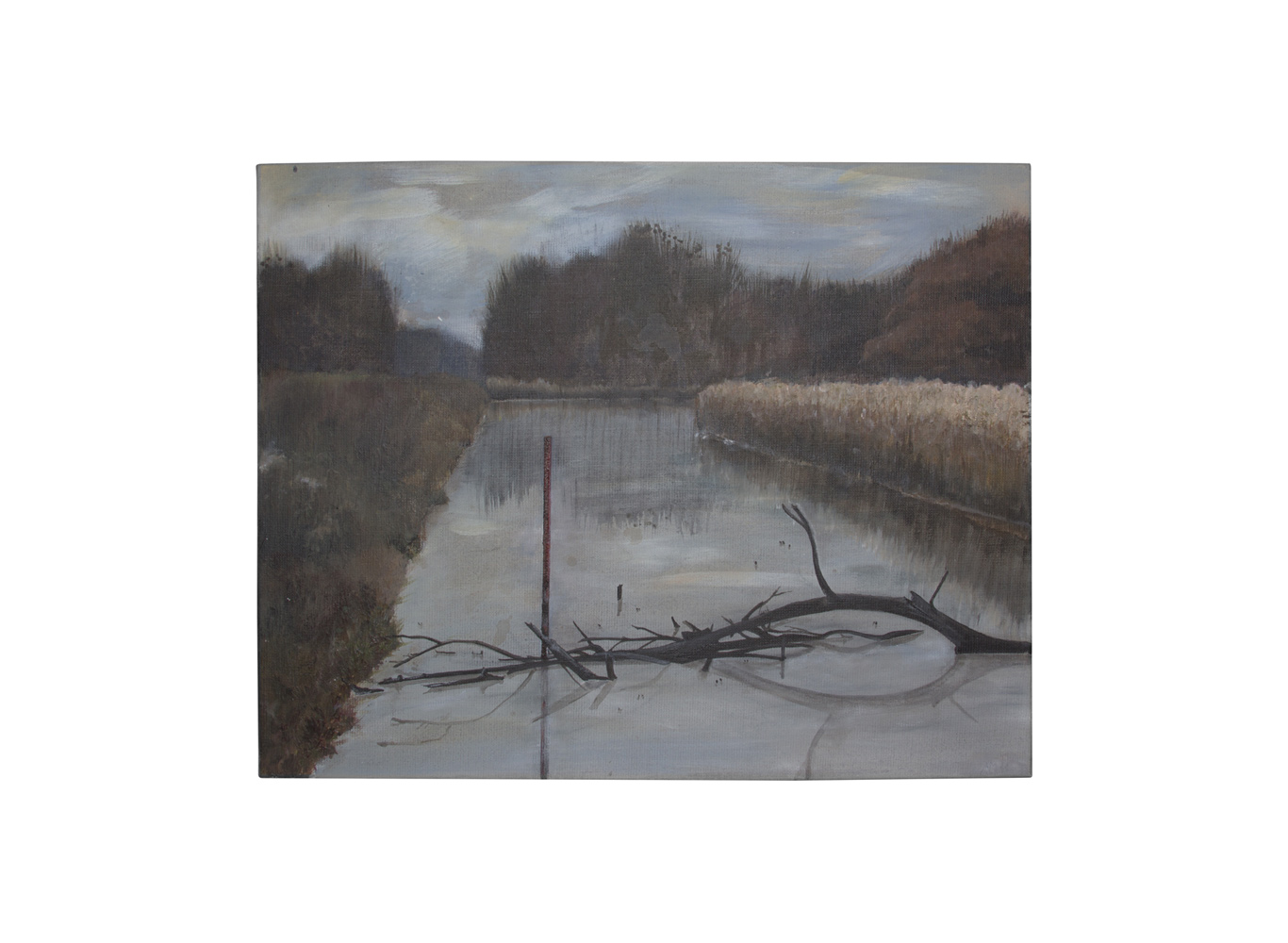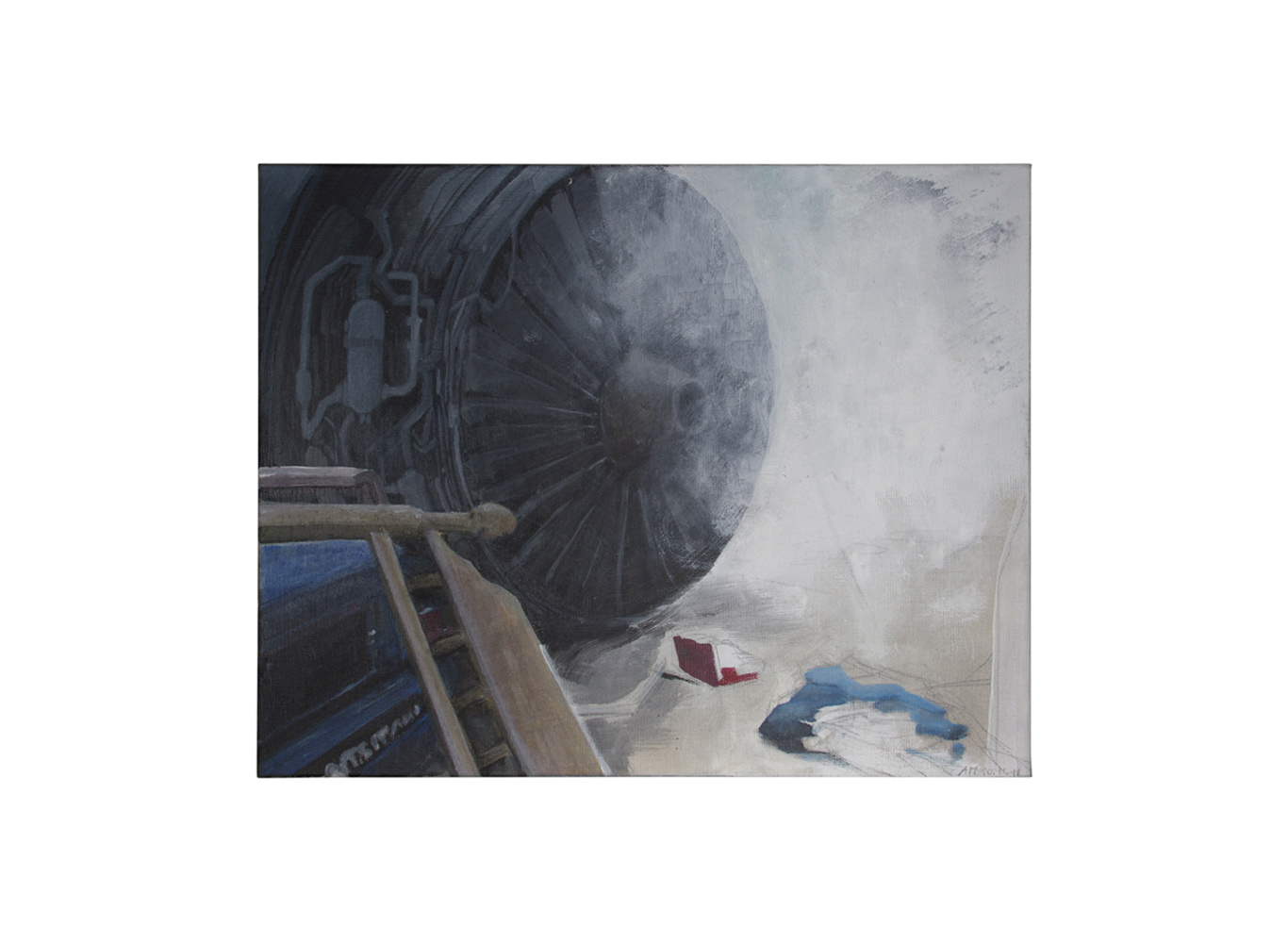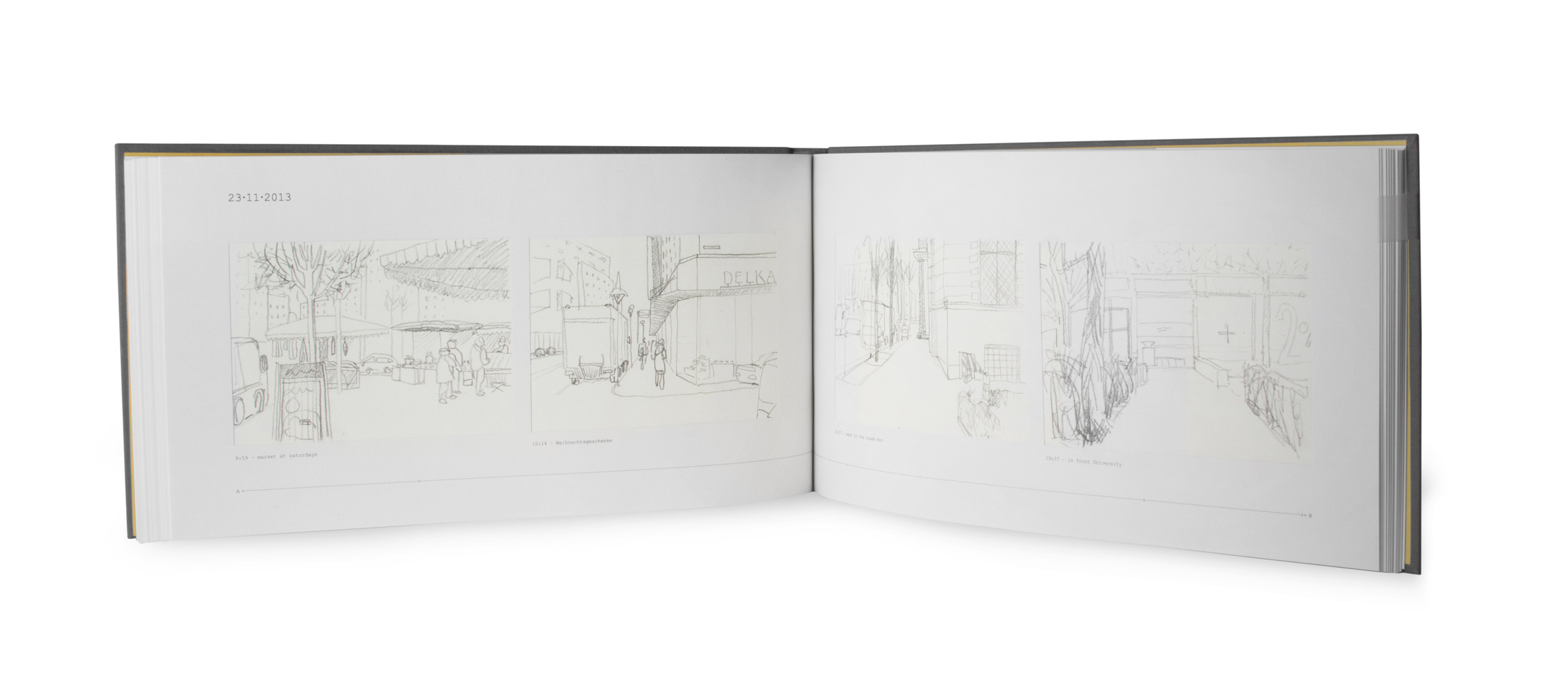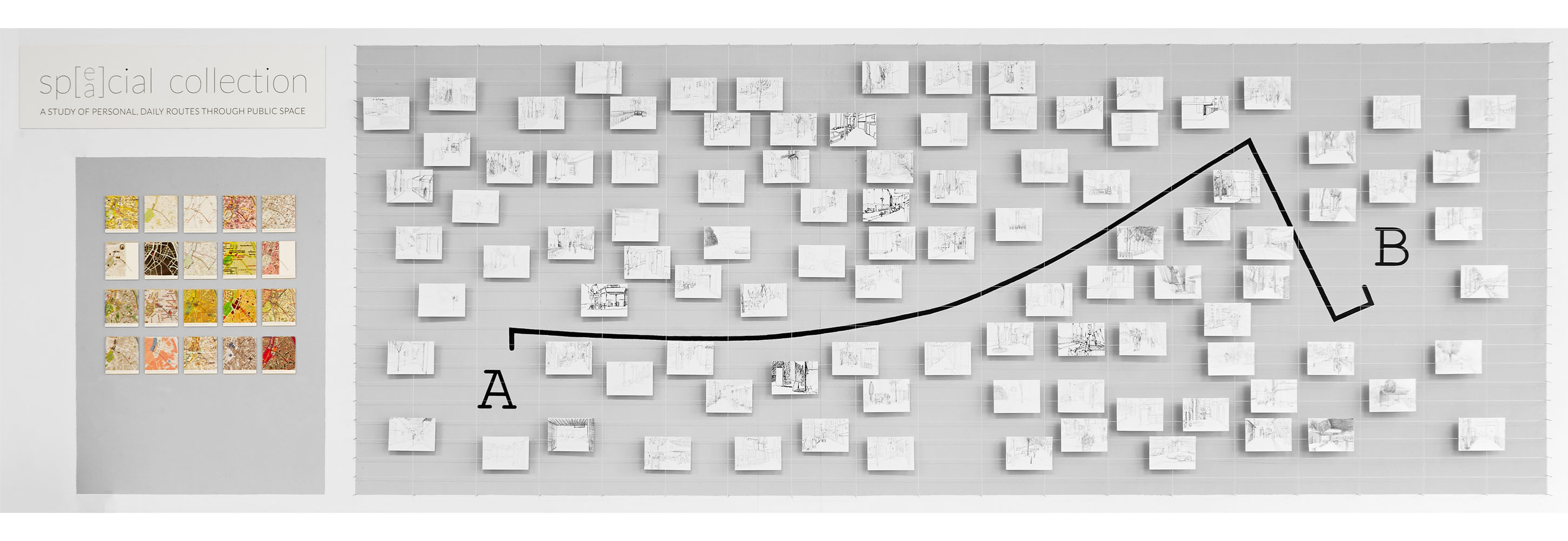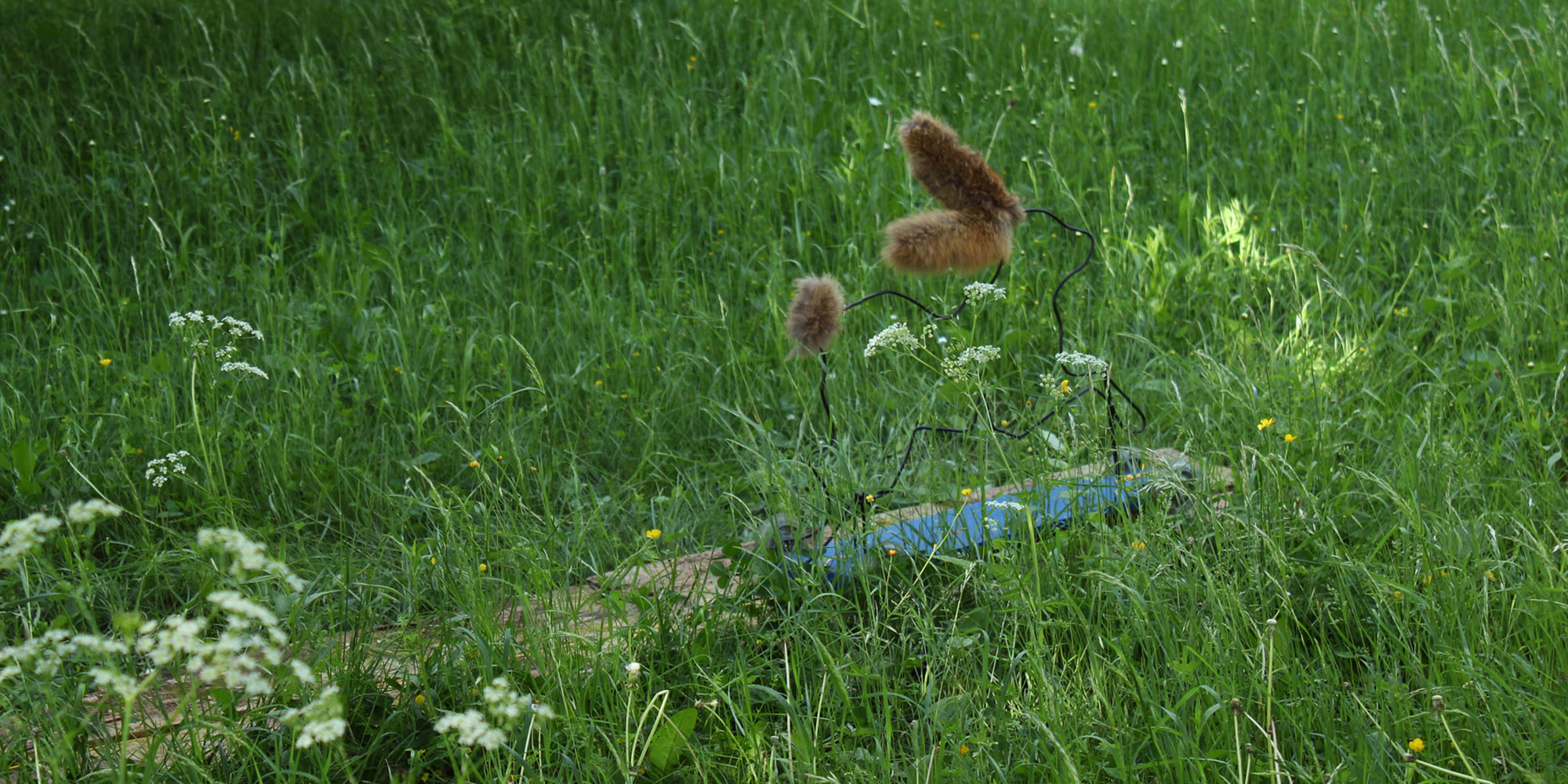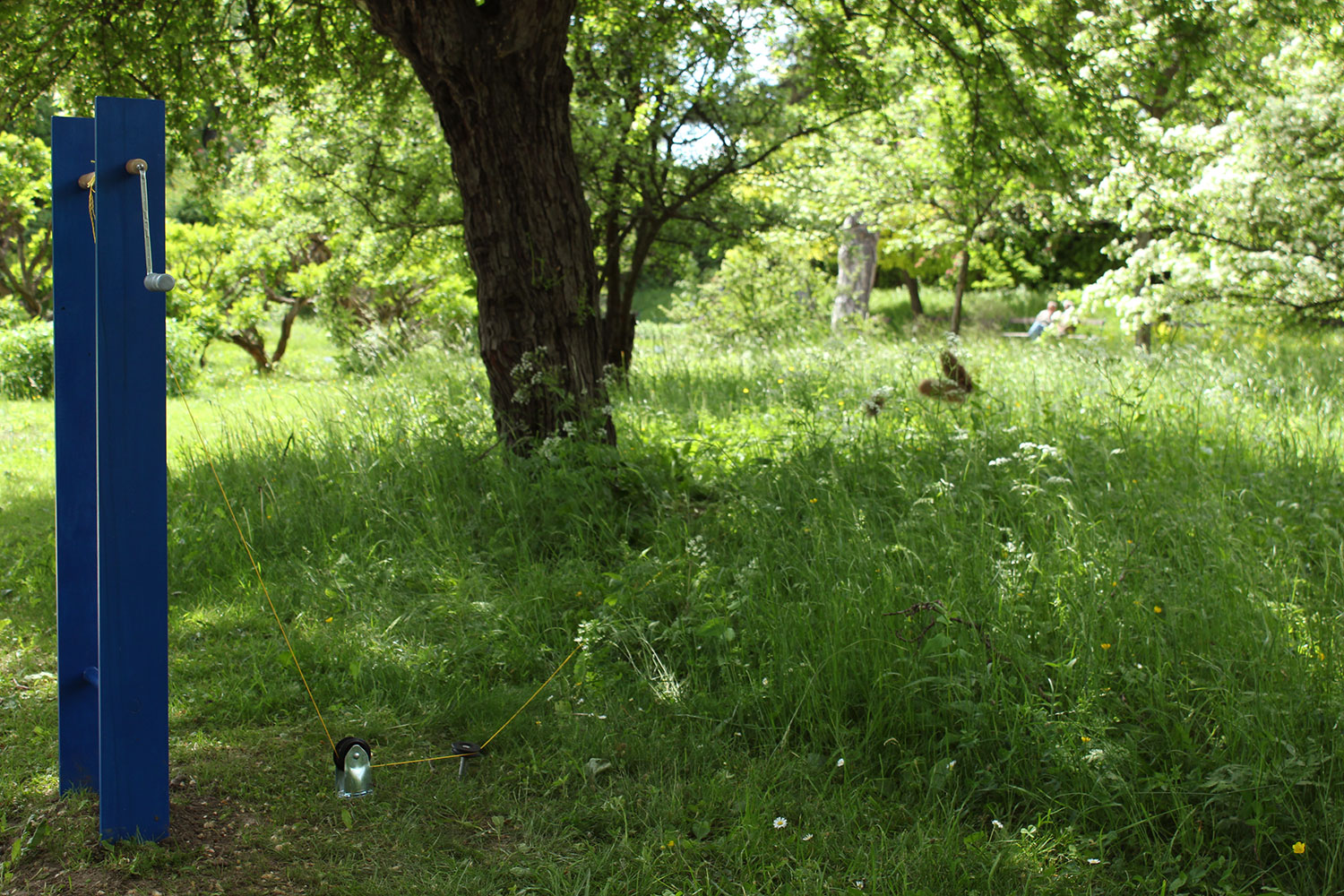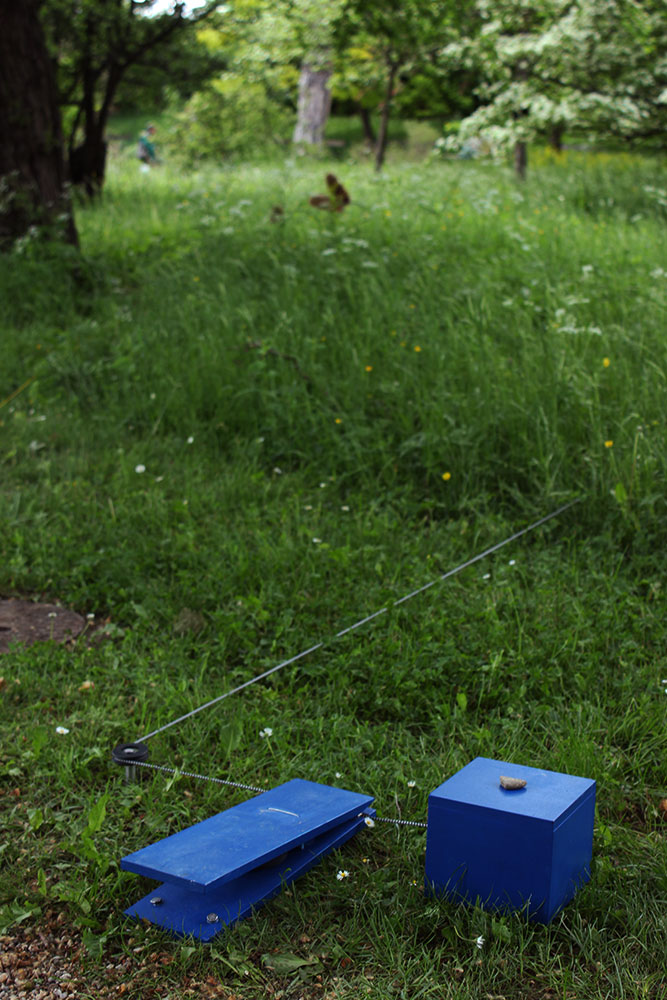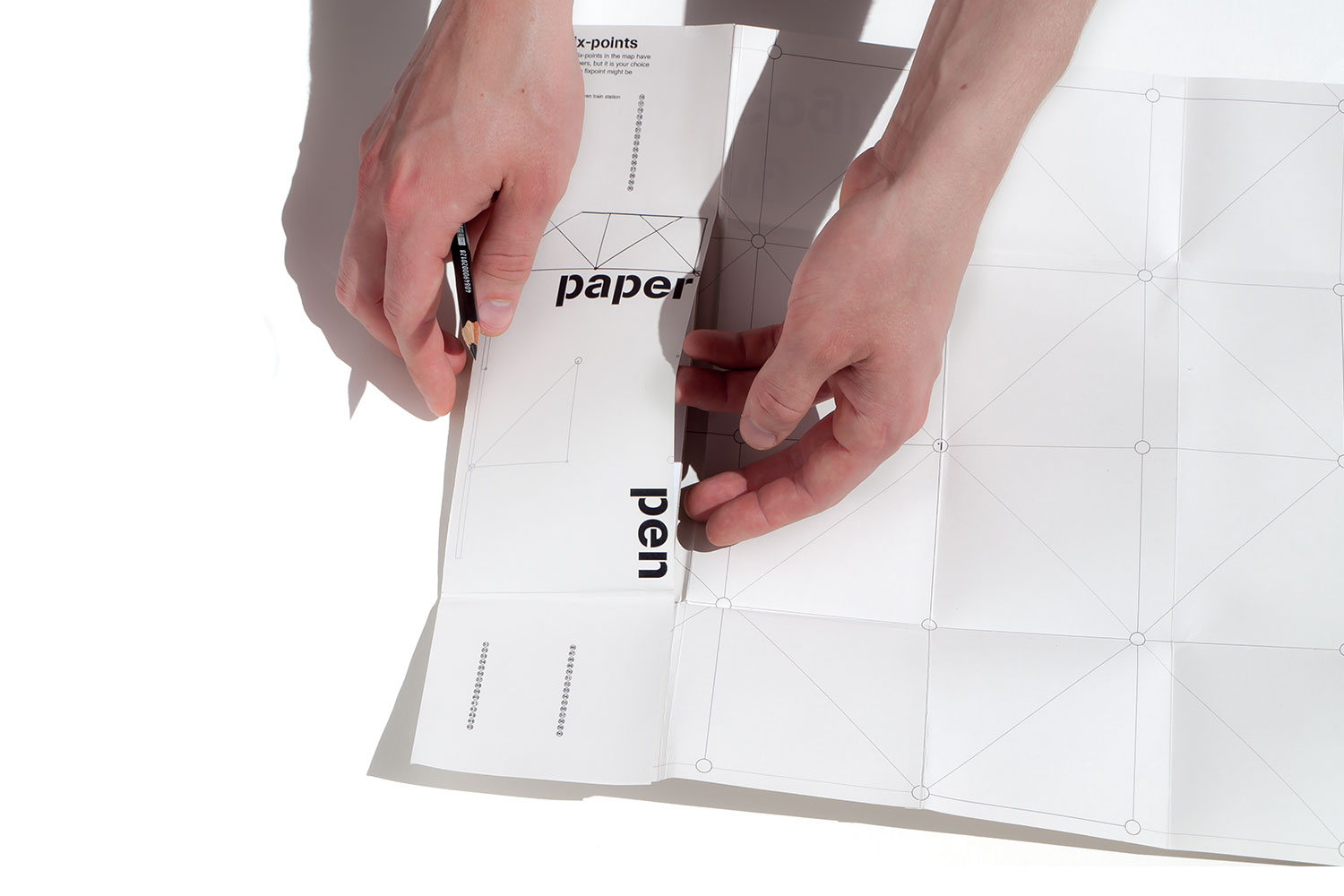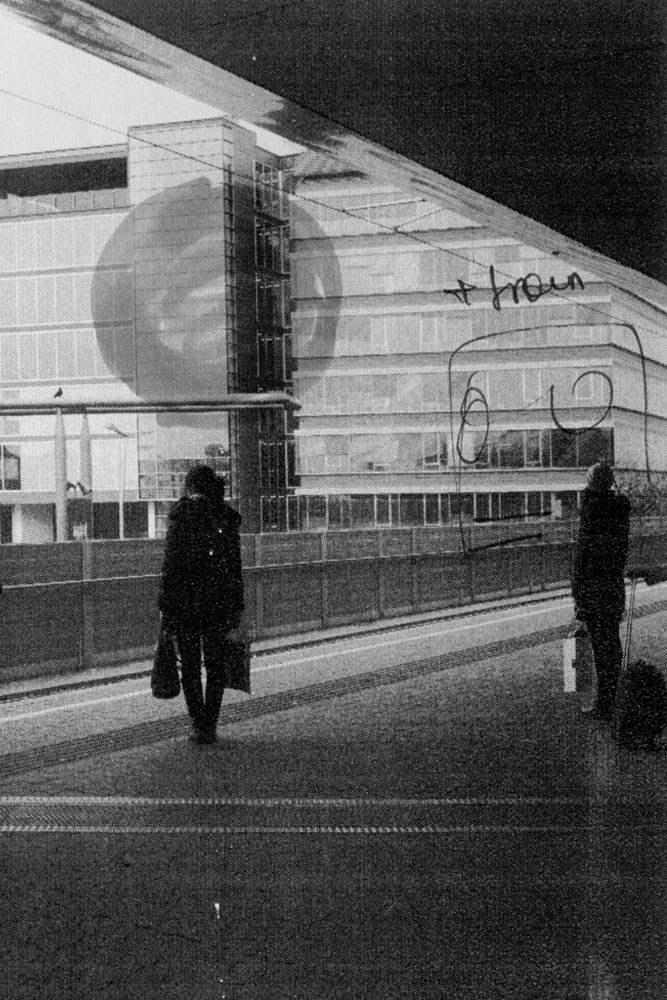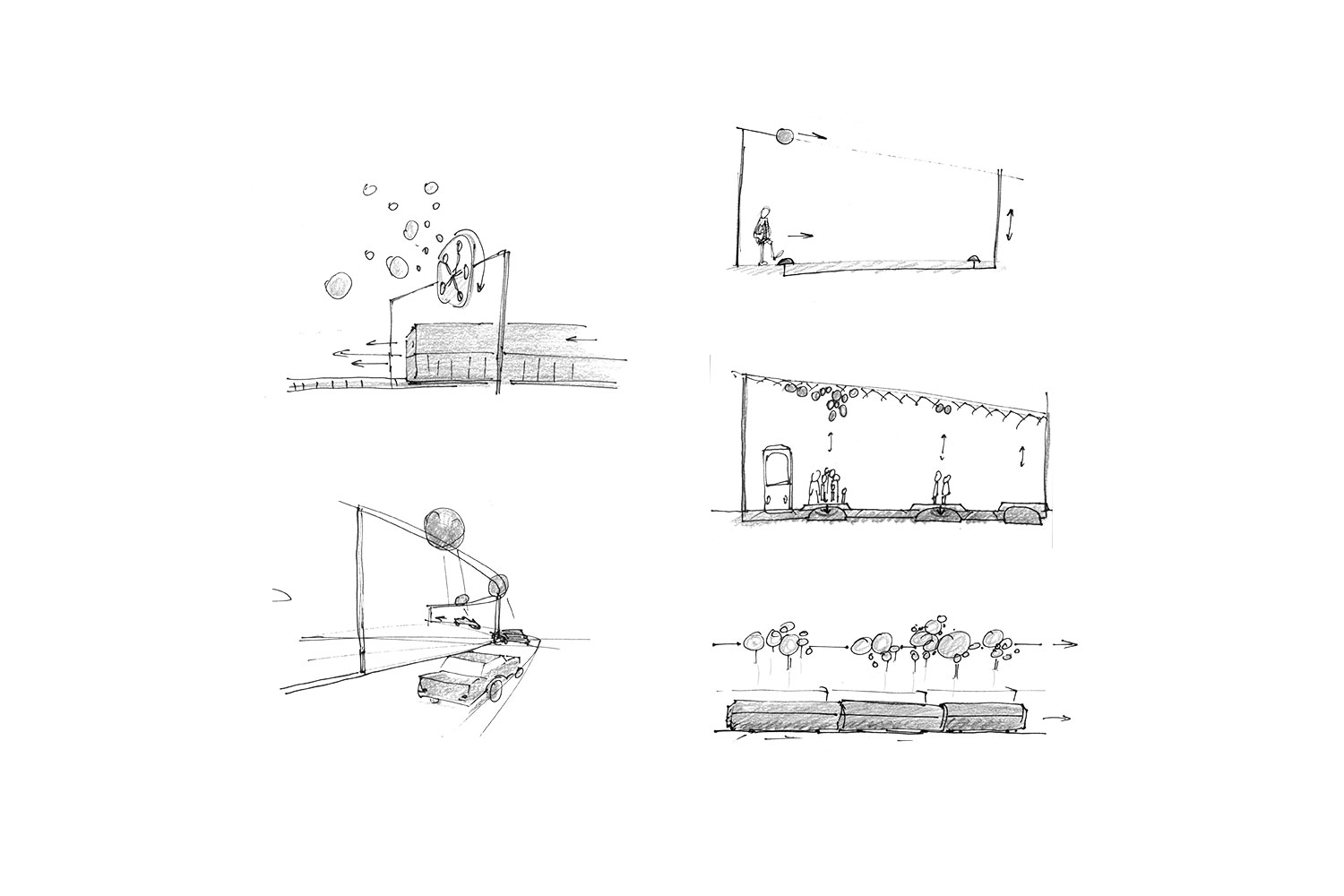Study
2009-2014 Landscape design at the University of Applied Arts Vienna,
Austria.
2012-2013 Public Space at the Design Academy Eindhoven,
The Netherlands
Articels
2012 “landscape” magazine by Eden’s Edge_ Vienna, Austria
2013, Zoete E, “Een collectief landschappelijk geheugen“, p621-625, DW B literature magazine, September 2014, issue 4_ Leuven; Belgium http://www.dwb.be
Realisations
2012 “Steward” in the Botanical Graden of Vienna, Austria
Alexandra Mair
My main interest concerns the perception of space and the relationships people have towards places. I belief that a change of perception results in a change of relation-ship towards a place. This awareness plays an important part in my projects.
Exhibitions
2010 Derive: Urbanize_Vienna
"Stadt laut Lesen" walk with Bertram Weisshaar
2013 Chelsea Fringe Wien_ Vienna
"Cooking with Flowers" with Alexander Schattovich
2013 University of Applied Arts_ Vienna City Park Wien-Graz-Ljubljana, Nature studies 2013
2013 “Istanbul”_ Eindhoven,
The Netherlands
2013 “The Happy Machine”_ Botanical Garden of Vienna, Austria
2015 “We used to sit in the attic and dream the day away”_ Installation in Hof, popup gallery, Rotterdam, The Netherlands
